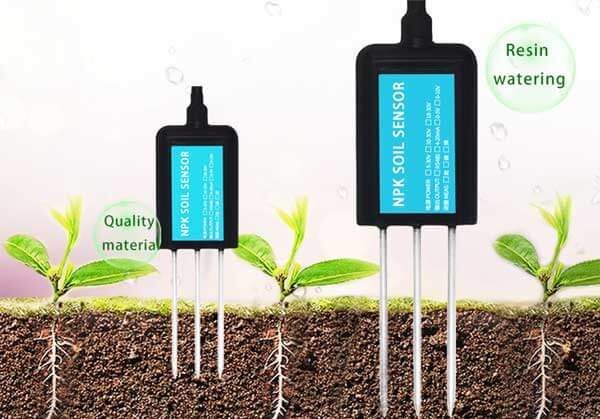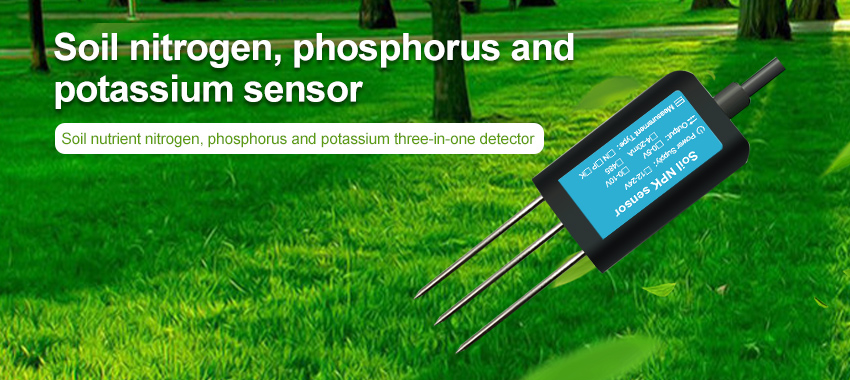Soil sensors are valuable tools used in agriculture and environmental management to monitor and assess soil conditions. They provide essential data on soil moisture, temperature, pH levels, and nutrient content, enabling farmers and land managers to make informed decisions about irrigation, fertilization, and crop health. This article explores the application scheme of soil sensors, discussing their types, installation methods, data interpretation, and benefits for sustainable agriculture and land management practices.

Soil Moisture Sensors:
These sensors measure the water content in the soil, indicating when Soil Temperature Sensors: These sensors monitor soil temperatures at various depths, helping farmers determine optimal planting times and assess crop
Soil pH Sensors:
pH sensors measure the acidity or alkalinity of the soil, providing insights into nutrient availability and potential Soil Nutrient Sensors: These sensors detect the concentration of essential nutrients such as nitrogen, phosphorus, and potassium, aiding in precise fertilizer application.
Point Sensors:
These sensors are inserted into the soil at specific locations and depths, providing accurate readings at precise Sensor Networks: Multiple sensors are installed across a field or area, forming a network that provides a spatial representation of soil conditions. This method is useful for large-scale agricultural operations and Wireless Sensor
Networks (WSNs):
WSNs consist of multiple soil sensors wirelessly connected to a central receiver. They allow real-time data collection and remote monitoring, minimizing the need for manual data retrieval.
Threshold Values:
Soil sensor data can be compared to predetermined threshold values to trigger actions. For Trend Analysis: Analyzing the trends in soil sensor data over time can provide insights into soil health, crop growth, and the Integration with Other Data: Soil sensor data can be integrated with weather data, crop growth models, and historical records to make informed decisions about irrigation, fertilization, and pest control.
Water Conservation:
By monitoring soil moisture levels, farmers can optimize irrigation schedules, reducing water Precision Agriculture: Soil sensors enable precise nutrient and Environmental Protection: By monitoring soil conditions, Optimal Resource
Allocation:
Soil sensors provide valuable information for optimizing resource Early Detection of Issues: Soil sensors can detect early signs of soil degradation, salinity, or nutrient deficiencies, allowing timely corrective actions to be taken.
Calibration and Maintenance:
Soil sensors require regular calibration and maintenance to ensure accurate Sensor Placement: Proper sensor placement is crucial to obtain representative soil data. Factors such as depth, proximity Data Interpretation Skills: Farmers and land managers need to develop skills in interpreting soil sensor data and translating it into actionable insights for decision-making.

Conclusion:
Soil sensors play a vital role in modern agriculture and land management practices by providing real-time data on soil conditions. They enable precise irrigation, fertilizer application, and pest control, resulting in improved crop yields, resource efficiency, and environmental sustainability. By understanding the types of soil sensors available, their installation methods, and proper data interpretation techniques, farmers and land managers can harness the power of soil sensors to make informed decisions, optimize resource allocation, and promote sustainable agricultural practices.
